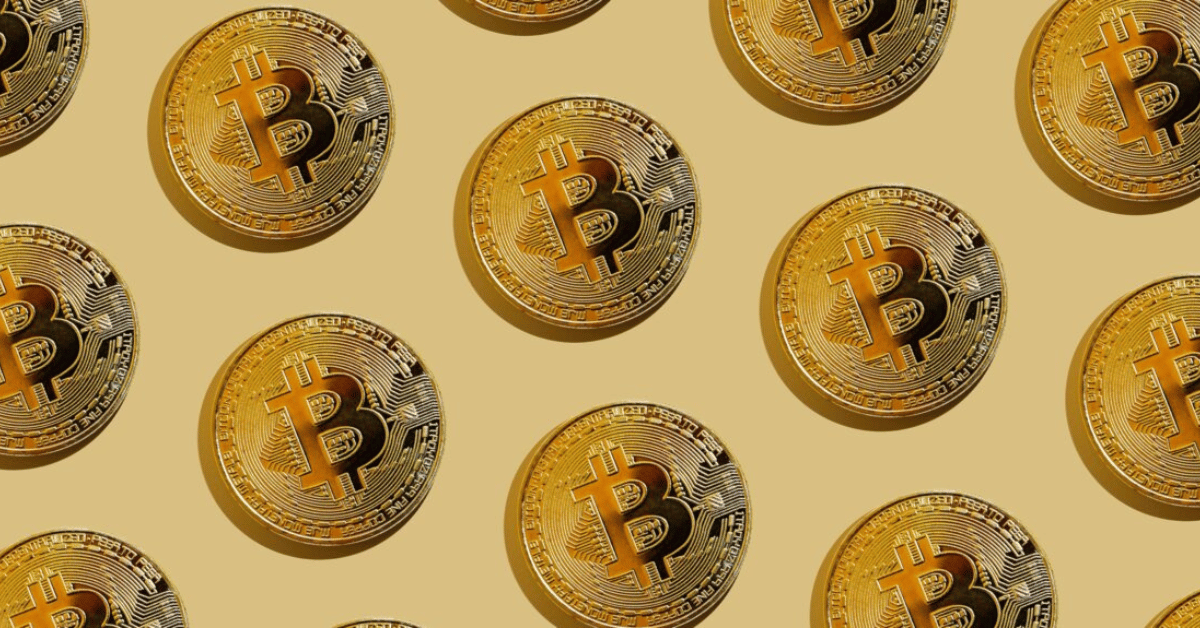

Article
— management
How Can I Minimize Taxes When I Invest?
Taxes often signal good news for investors: they’re usually a sign you’re making money. At the same time, taxes can also eat into your returns and reduce the amount of earnings that you get to keep. Fortunately, there’s a lot you can do as an investor to lower your tax bill and invest more tax-efficiently. In this post, we’ll explain seven ways you can minimize the taxes you’ll owe on your investments.
1. Invest in index-based ETFs
Index-based ETFs are exchange-traded funds that let you track a broad market index with one investment. They are inherently tax-efficient because they pass on very few earnings (or “taxable gains”) to investors who own the ETF, even when the value of the ETF is increasing—which, of course, you hope it will over the long run.
How do index-based ETFs manage this? One, there’s not much change in the companies included in an index from year to year—typically, there’s only about 5-20% turnover each year, depending on the index in question. As a result, the ETF manager doesn’t have to sell stock that’s at a gain very often in order to remove it from the ETF’s holdings. And two, ETF issuers can reduce the gains they have to pass along to investors by intelligently realizing investment losses on the individual investments that make up the index.
2. Invest for the long term
Long-term investing isn’t just a smart way to take advantage of compounding—it’s also more tax-efficient than short-term investing. That’s because your investments are taxed at a much lower rate if you hold them for at least a year and a day, meaning you get to keep more of what you earn. To get this lower tax rate, you need to hold your investments long enough so that your gains will be treated as long-term capital gains, not short-term capital gains.
Long-term capital gains are taxed at a maximum rate of 20% at the federal level. By contrast, short-term capital gains are taxed at the same rates as ordinary income (like your paycheck). The top tax rate at the federal level for short-term capital gains is 37% in 2022.
3. Optimize your asset allocation for taxable and tax-advantaged accounts
You should factor in the rate at which your investments will be taxed when you select an asset allocation. The fancy name for this is “asset location,” but it really just means choosing the right investment mix for each type of account you have. For example, if you have a Roth IRA, any withdrawals after age 59 ½ that follow IRS rules should be tax-free. Because of this, you might consider holding more investments with less favorable tax treatment in that account than you would in a taxable account.
Asset location can be complicated to figure out on your own, which is why you might prefer to let a service like Itrust do it for you. Itrust uses what’s known as “differentiated asset location” in choosing the right mix for your taxable and tax-advantaged accounts. Our software evaluates the way each asset class is taxed, its risk and return profile, and how it balances out other asset classes to pick the mix that’s right for your account and situation.
4. Rebalance with dividends
Rebalancing your portfolio means buying and selling investments to keep your mix of investments (or “asset allocation”) from drifting too far away from what you want it to be. In other words, you sell some of the investments that have done well and you buy more of the investments that have performed less well. Rebalancing is important because it ensures your portfolio stays at (or near) your intended level of risk and expected return.
Let’s say you had a portfolio with 60% stocks and 40% bonds, and stocks performed extremely well and bonds did not. Over time, your asset allocation might drift to 70% stocks and 30% bonds. To rebalance your portfolio and get back to your target allocation, you would need to sell some stocks and buy some bonds.
Of course, selling your winners usually means realizing some taxable gains. Fortunately, dividends can help with this. If you hold investments that pay dividends (for investments offered at Itrust, this information is readily available if you search here), you can use those dividends to rebalance your portfolio by buying investments you need more of. This should reduce the number of investments you need to sell to rebalance your portfolio, and reduce your tax bill as a result. When you invest with Itrust, we automatically rebalance your portfolio with dividends.
5. Harvest your losses
Tax-loss harvesting is a strategy that has historically been used by sophisticated, wealthy investors with high-end financial advisors to lower their tax bills. The concept is simple: when an investment declines in value below its purchase price, you sell it, “harvest” the loss, and then buy a similar investment that keeps your portfolio at the right level of risk and expected return. Come tax time, you can use the losses you’ve harvested to effectively cancel out other capital gains so you don’t owe taxes on them. No gains? No problem. You can use your harvested losses to offset up to $3,000 of ordinary income (like your salary) each year and carry the rest of the losses forward to a future year.
As you might imagine, tax-loss harvesting can become very time-consuming if you’re doing it manually. Itrust’s Tax-Loss Harvesting service automates this process with the ETFs in your portfolio at no extra cost, and because software doesn’t get bored, it can look for losses every day the market is open and find more opportunities to harvest them than a human checking a few times a year is likely to. In 2021, our Tax-Loss Harvesting service generated average estimated tax savings worth between 4-9x our annual 0.25% advisory fee for clients who started using the service in a Classic or Socially Responsible portfolio last year.
Direct indexing
If you’re really serious about maximizing your harvested losses, you can use a strategy known as direct indexing. Direct indexing involves holding the individual stocks that make up a given index (rather than an ETF that tracks the index) and conducting tax-loss harvesting with those individual stocks. Individual stocks tend to be more volatile than indexes, so it’s easy to imagine a situation where a broad index might be up but a few individual stocks are down. As a result, you’ll generally get more opportunities to harvest losses with direct indexing than you would with ETF-level tax-loss harvesting. At Itrust, we offer our Direct Indexing service in all taxable Investment Accounts of at least $100,000 at no extra cost.
6. Incorporate your existing investments when you transfer between accounts
Selling investments that have increased in value generates a taxable gain—and that means you’ll probably owe the IRS money. So if you’re moving investments from one platform or institution to another, you can minimize your taxes by incorporating existing investments into your new portfolio whenever possible (instead of selling and realizing a gain, moving your money, then buying the same investments all over again). At Itrust, our software automatically incorporates your existing investments whenever it can.
7. Keep taxes in mind when you make withdrawals
If you make a withdrawal from your investment account, you will typically need to sell some investments. To minimize the taxes you’ll owe, don’t just sell investments at random. Instead, consider selling investments that have lost value first—this won’t generate any taxes—followed by investments with relatively small gains, or gains that qualify for long-term capital gains treatment. This can help you minimize the taxes you’ll owe as a result of the withdrawal. When you withdraw from an Investment Account at Itrust, our software automatically sells investments to keep you close to your desired asset allocation—and within each asset class, we sell investments tax-efficiently.
Bonus tip: use a robo-advisor to improve your after-tax returns
If you have a lot of time on your hands, it’s possible to implement most of the tips in this article by yourself. But it probably won’t be fun. When you invest with Itrust, we automate all of this for you to help maximize your after-tax returns with no extra effort or extra cost on your part. The following services are all included in Itrust 0.25% annual advisory fee:
- Expert-built portfolios of index-based ETFs
- Different asset allocations for taxable and tax-advantaged accounts
- Tax-sensitive rebalancing with dividends
- Tax-loss harvesting
- Direct indexing (for accounts of $100,000 or more)
- Tax-minimized brokerage transfers
- Tax-minimized withdrawals
At Itrust, we’re focused on maximizing your after-tax returns: we believe that’s a big part of what sets us apart from other robo-advisors. At the end of the day, we want to see our clients (you!) successfully build secure and rewarding financial futures. Helping you keep more of what you earn is just one way we try to get you there a little faster.


